Origin of the Noble Name of Trolle
Benjamin Thorpe gives this folk tale in his ‘Northern Mythology: Comprising the Principal Popular Traditions and Superstitions of Scandinavia, North Germany, and the Netherlands’ (1851) ‘On the wall of Voxtorp church in Småland there is a painting representing a knight named Herve Ulf, when one Christmas morning he received a drinking horn from a troll-wife with one hand, while with his

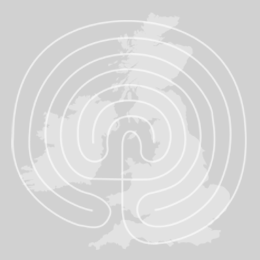
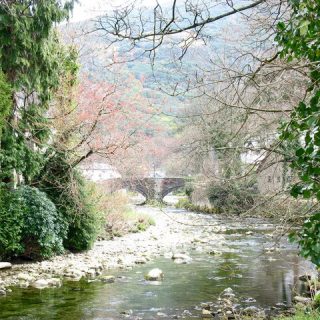

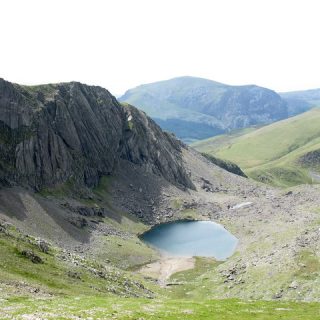
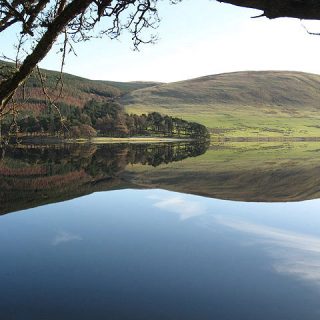
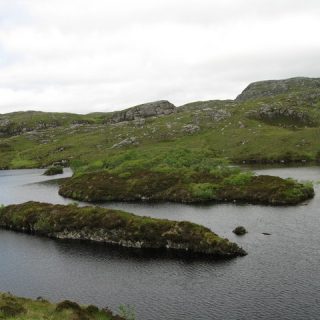
Recent Comments